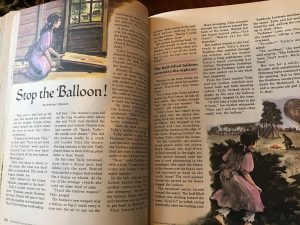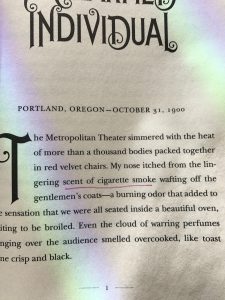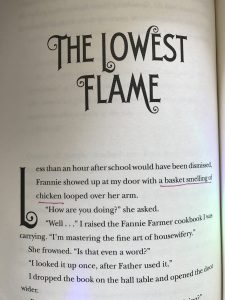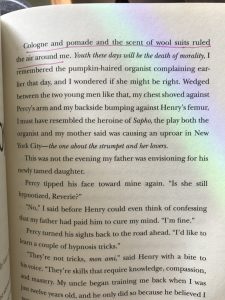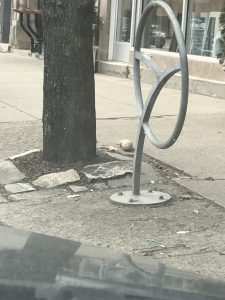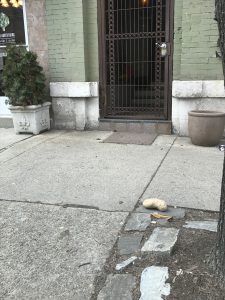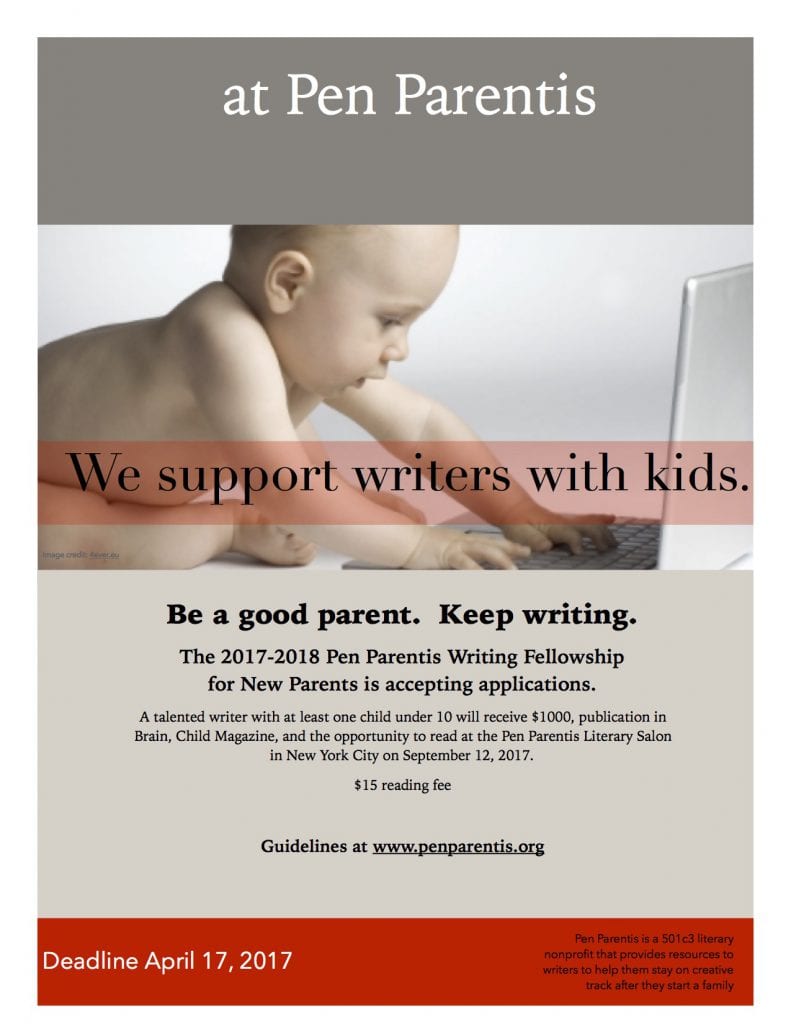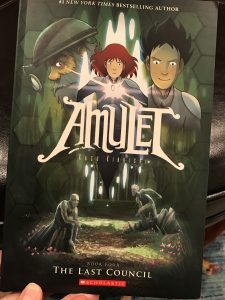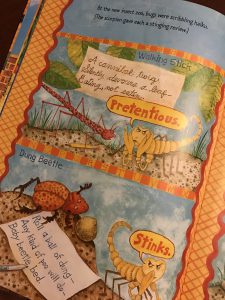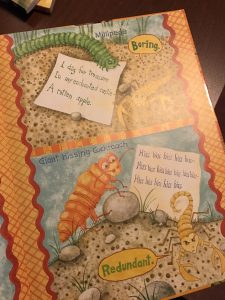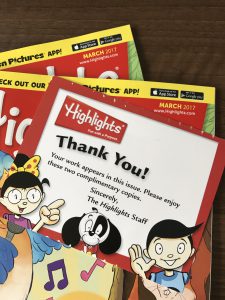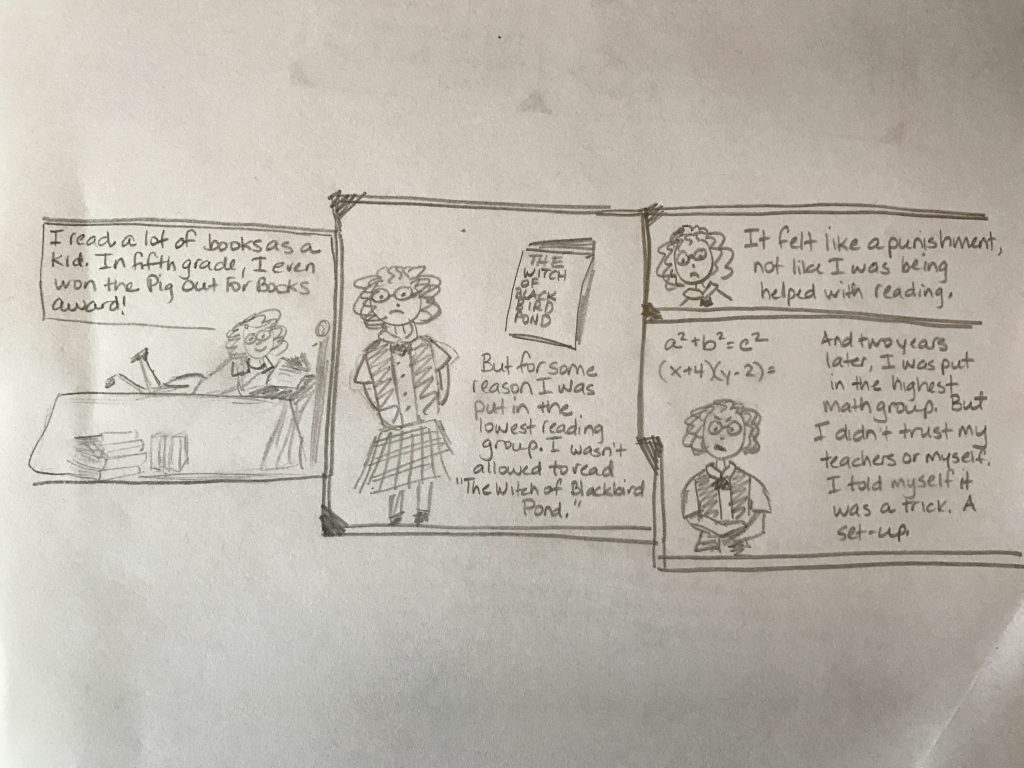In March 2017, I returned to the Highlights Foundation for my second workshop, Novel Beginnings. Our amazing instructors were Clara Gillow Clark and Kelly Going (who writes as K.L. Going). This year I was in the Lodge, which I enjoyed just as much as the cabin. Another difference from my October 2015 visit: snow.
There were about a dozen of us there for four days. Workshops like this are great because they are small enough to get to know the people but large enough to meet a diverse group of writers. And one of my favorite parts of Highlights Foundation workshops are that I don’t have to cook anything.
Each participant was able to submit the first 50 pages of their manuscript and received an in-depth one on one critique on their work. I found Clara and Kelly to be really open and honest about our stories and our writing. I know they offered sound guidance, because one of our attendees re-wrote her first few pages while at the workshop and when she shared them with us…WOW.
Group Critique
In addition to our one on one critiques, we also did a group critique session of our first three pages, hosted by Susan Bartoletti. Susan suggested we structure our critique feedback using the five points below, and I really loved the results.
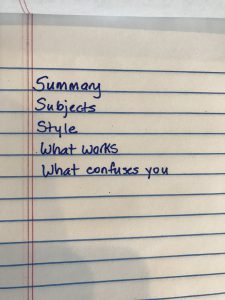
One thing that pleased me a lot was after only hearing my first three pages, a person in the critique group was able to lay out the overall plot of my story. If a writer can put that in front of readers and still make it funny and interesting, there is something good happening there.
Kelly shared a lot about the business of publishing. The time away from daily life helped me hone in on what I really wanted to do with my story. I received solid, positive feedback on my story from Clara and felt very motivated to keep working.
I haven’t yet told Clara that the week after I returned from the workshop I wrote every single day and made big progress through my manuscript…but was still really unhappy with the arc. I called up a friend, he’s 10, and talked it through with him. He brainstormed so honestly with me and I can’t ever thank him enough. After my conversation with him, I revamped the stakes in my story completely and now have a much better source of conflict that will interest kid readers. I hope.
Highlights Memories
But the Highlights Foundation Workshop isn’t all writing. Aside from working on my own story, I did a lot of running in the snow. And I spent some time traveling down memory lane and looking through Highlights from 1985 and 1986. I recognized covers and stories that I had read, re-read, and re-re-read as a kid, much the same way my son reads Match.
Word play and word history! I would love to write something like this for Highlights today.
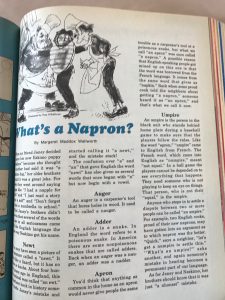
When I saw this story about the marathon, I wondered if it had influenced me, in a subtle way, to try running.
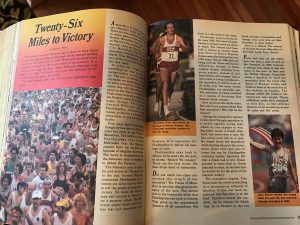
This is probably the first place I read about silkies. They are a favorite mythological creature of mine.
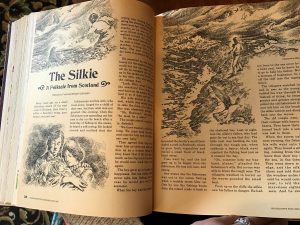
This story stuck with me forever. It could be one of the first science-fiction stories I ever read. It blended ordinary life elements with a strange idea and was also effortlessly entertaining.
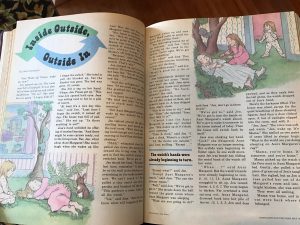
This one made me laugh out loud. Reading this made me want to make my own butter so much and now that I’m the grown-up, we do!
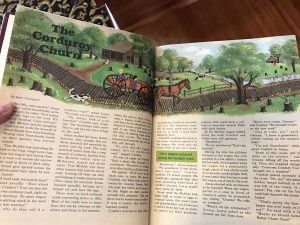
Here’s a story about a young woman who played a role in shaping historical events. Could this be any more up my alley?
